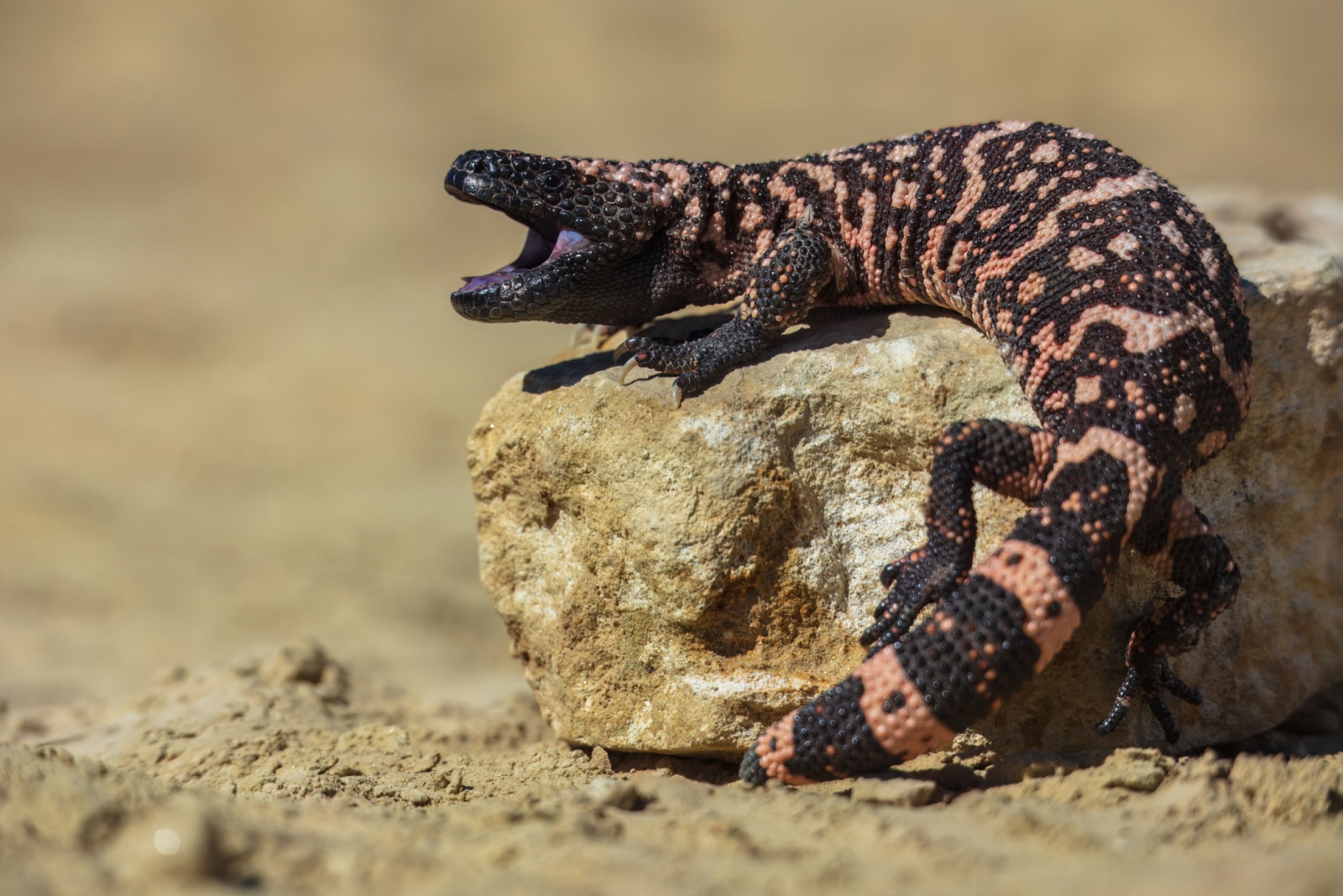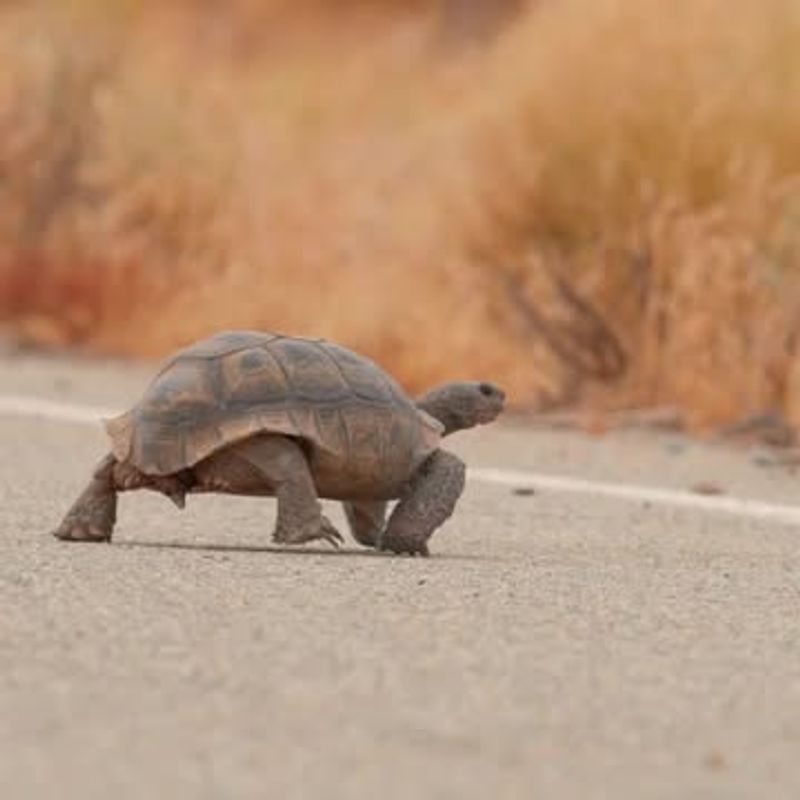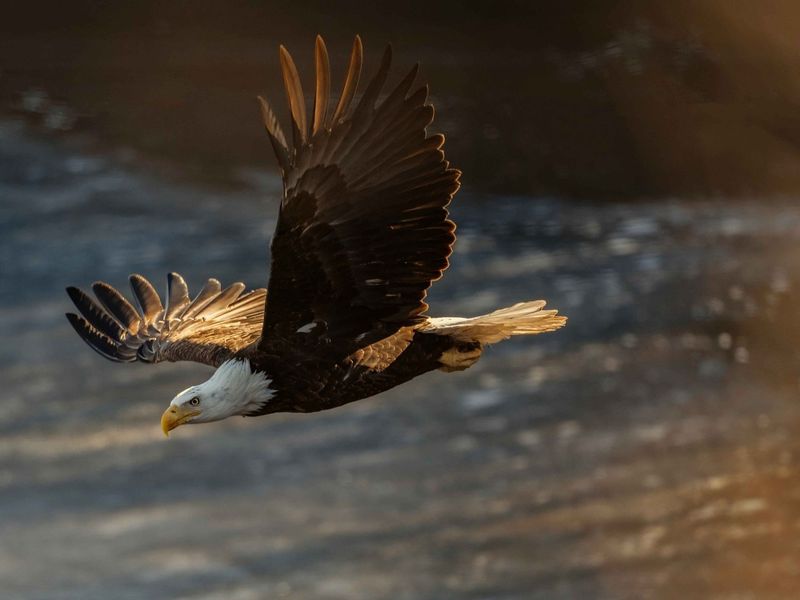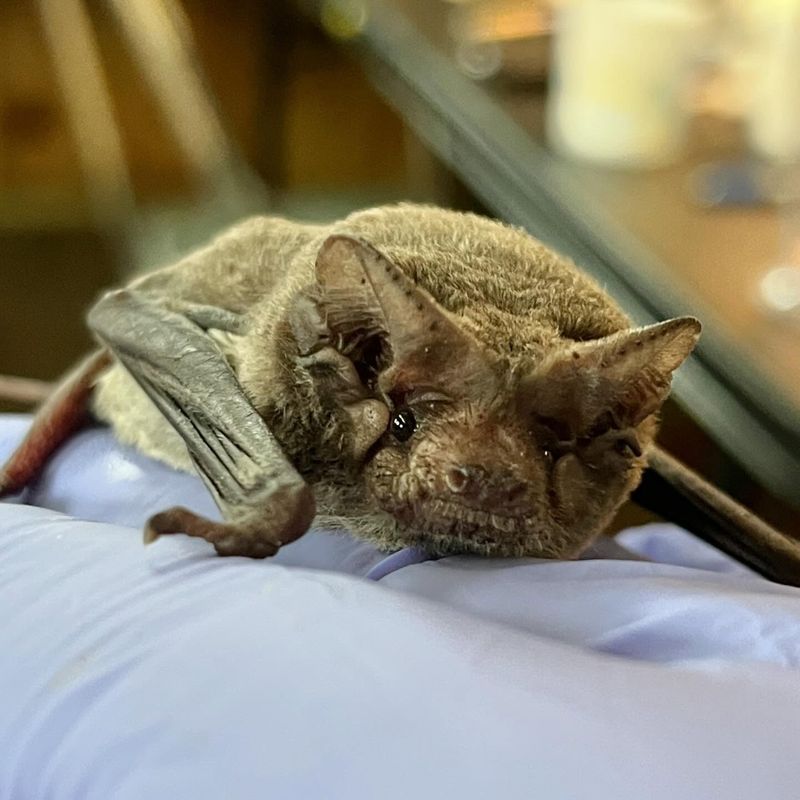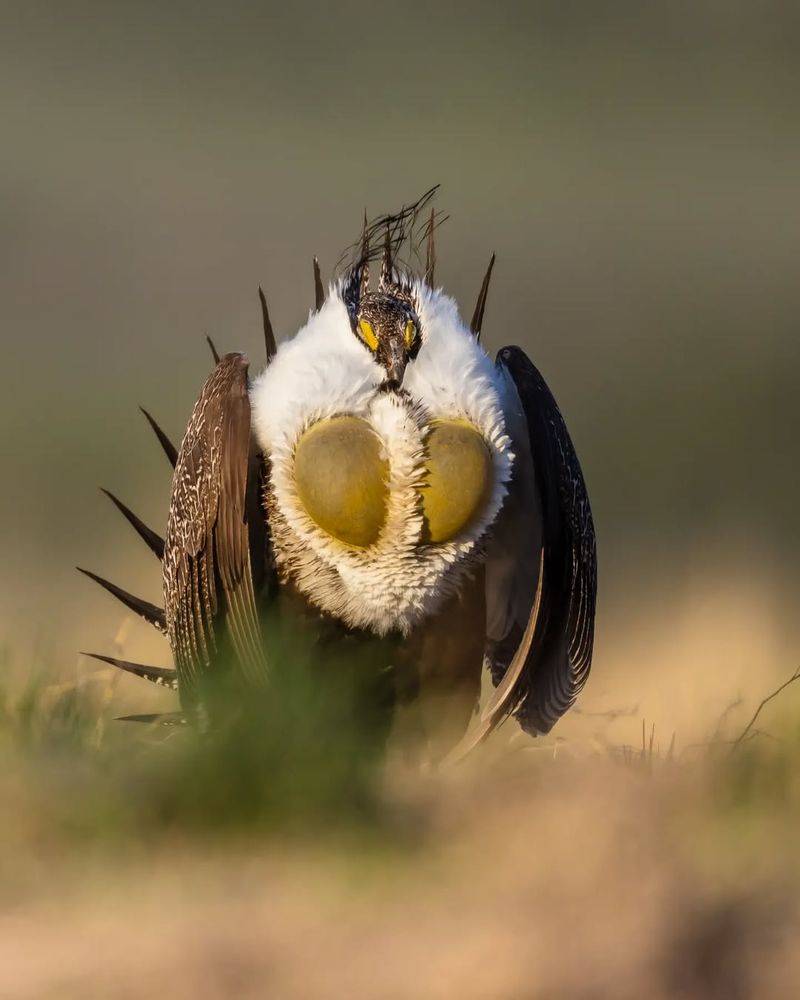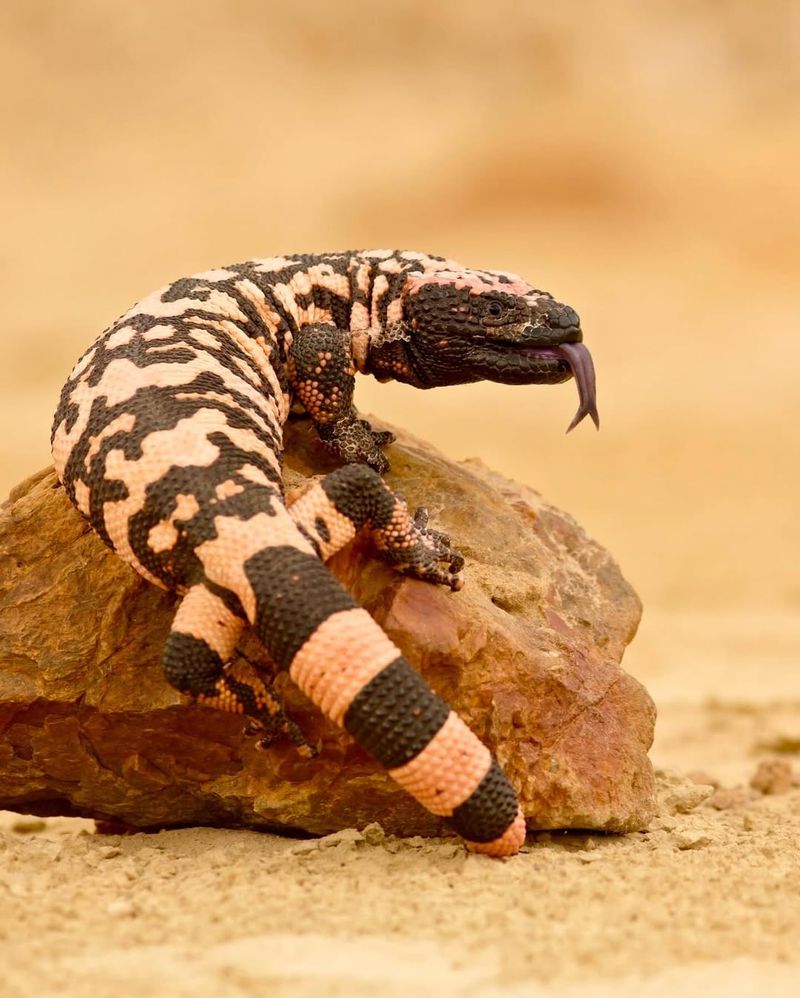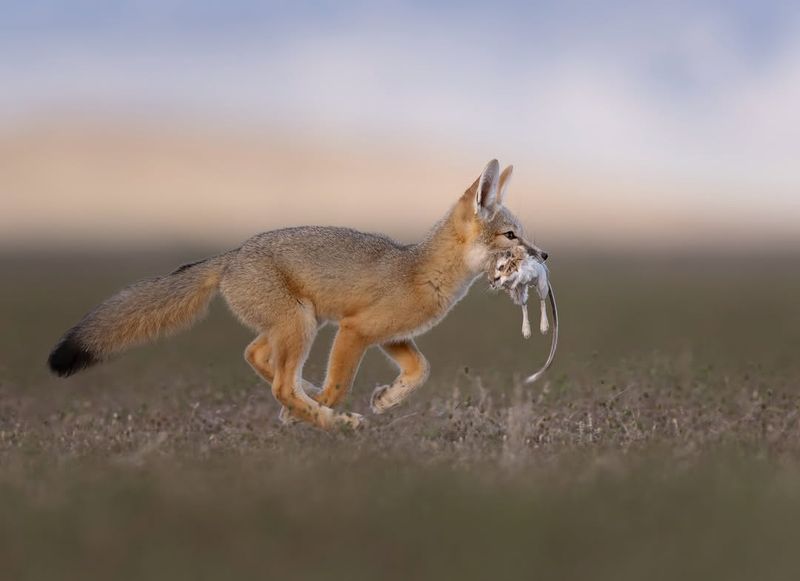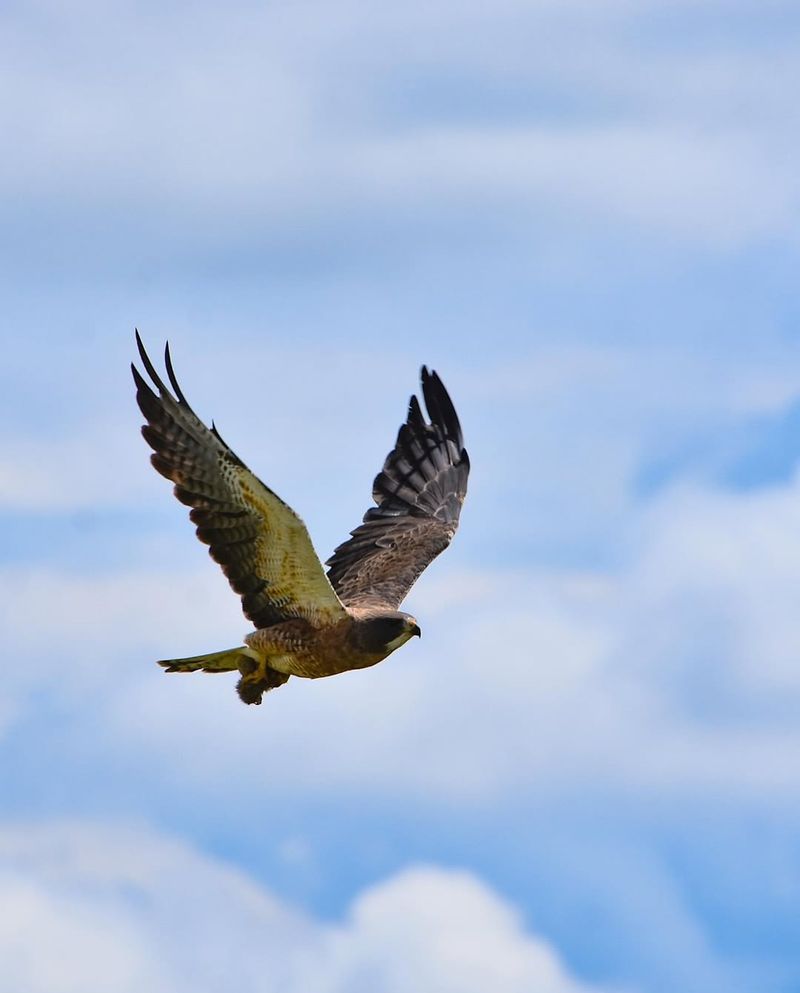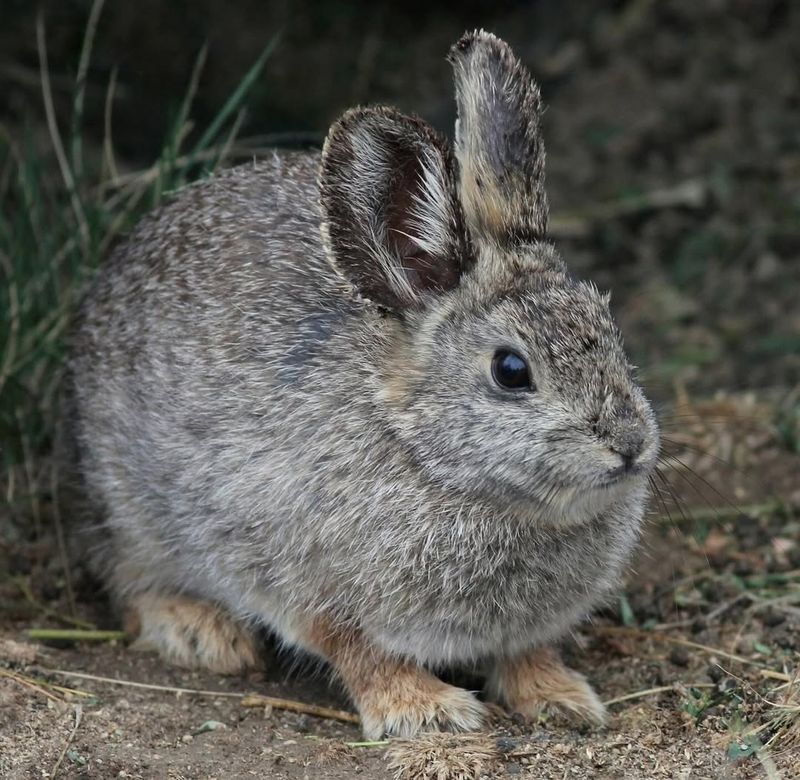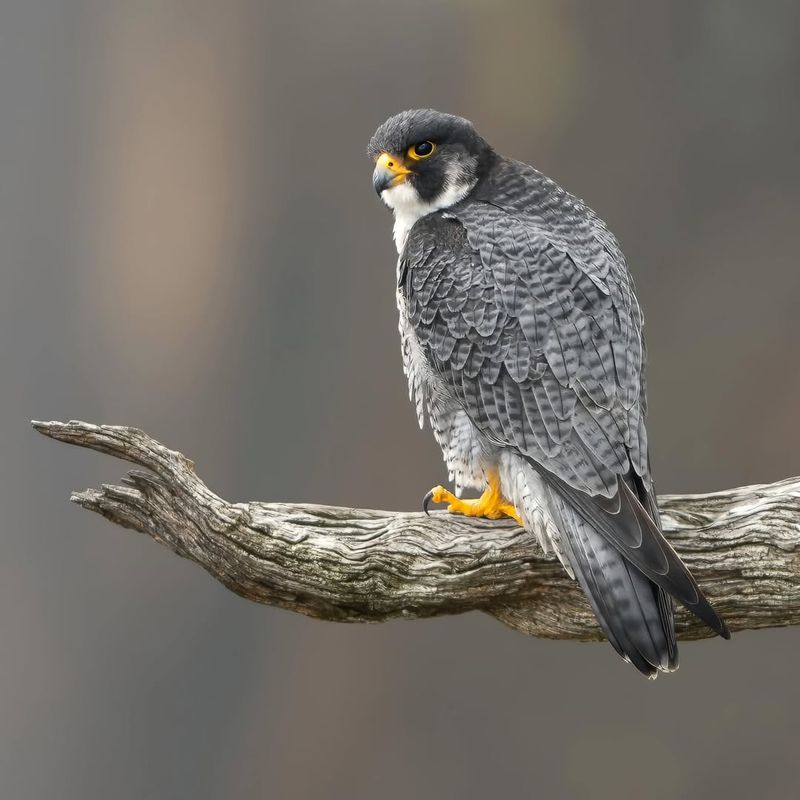Living in Nevada means sharing your space with some amazing wildlife. Many of these animals are protected by state and federal laws, which means homeowners must respect their presence even when they wander onto private property.
Understanding which creatures you cannot disturb helps you stay on the right side of the law while supporting conservation efforts that keep Nevada’s ecosystems healthy.
1. Desert Tortoise
Nevada’s official state reptile enjoys full legal protection under both state and federal regulations. Touching, relocating, or harming one can result in serious fines reaching thousands of dollars.
Desert tortoises spend most of their lives in underground burrows where they escape extreme temperatures. If you spot one crossing your yard, simply observe from a distance and let it continue on its way.
Building projects near tortoise habitats require special permits and surveys before any work begins.
2. Bald Eagle
America’s national symbol receives maximum protection throughout Nevada, especially near Lake Tahoe and Lake Mead where populations thrive. Federal law prohibits disturbing nests, eggs, or even collecting fallen feathers without permits.
Bald eagles often nest in tall trees near water sources during winter and spring months. Homeowners living near these areas must maintain considerable distance from active nests to avoid legal trouble.
Penalties for violations include hefty fines and potential imprisonment under the Bald and Golden Eagle Protection Act.
3. Mountain Lion
Encountering a mountain lion on your property can be frightening, but Nevada law strictly regulates how homeowners can respond. You cannot harm these big cats unless they pose an immediate threat to human safety.
Mountain lions typically avoid people and pass through residential areas quickly while hunting for food. Removing attractants like pet food and securing livestock helps prevent unwanted visits without breaking any laws.
Always report sightings to Nevada Department of Wildlife for proper documentation and community safety.
4. Mexican Free-Tailed Bat
Bats roosting in your attic might seem like a nightmare, but Nevada regulations require humane exclusion methods rather than extermination. Mexican free-tailed bats consume thousands of insects nightly, providing natural pest control worth protecting.
Homeowners must wait until young bats can fly before sealing entry points, typically after maternity season ends in late summer. Professional wildlife services understand these legal requirements and timing restrictions.
Harming bats violates state wildlife codes and can spread diseases unnecessarily.
5. Greater Sage-Grouse
With their elaborate mating dances and spiky tail feathers, sage-grouse captivate wildlife enthusiasts across Nevada’s high desert. Federal candidate status for endangered listing means strict protections already apply to these ground-dwelling birds.
Homeowners in rural areas must avoid disturbing leks, which are traditional breeding grounds used year after year. Construction projects require environmental assessments to protect sage-grouse habitat from development impacts.
Nevada invests millions in conservation programs to prevent federal listing and maintain healthy populations.
6. Gila Monster
Southern Nevada’s only venomous lizard moves slowly but commands serious respect and legal protection. Gila monsters spend most of their time underground, emerging mainly during spring and early summer.
Homeowners discovering one on their property must leave it alone and allow it to move on naturally. Attempting to capture, handle, or relocate these reptiles violates Nevada wildlife regulations and risks painful bites.
Their striking banded patterns make them easy to identify, helping residents know when to keep their distance and contact authorities if needed.
7. Western Burrowing Owl
Unlike most owls, these pint-sized predators live underground in abandoned rodent burrows throughout Nevada’s open spaces. Their declining populations earned them special protection status requiring homeowners to accommodate their presence.
Development projects must survey for active burrows before breaking ground, and occupied sites need protection buffers or relocation permits. Burrowing owls hunt insects and small mammals, making them beneficial neighbors despite occasional odd behaviors.
Their distinctive long legs and ground-dwelling habits make them unmistakable among Nevada’s bird species.
8. Kit Fox
Nevada’s smallest fox species roams desert regions with oversized ears that regulate body temperature and detect prey underground. Kit foxes enjoy protected status due to habitat loss and declining numbers across their range.
Homeowners may spot these nocturnal hunters near rodent populations, but cannot trap or relocate them without proper authorization. Their presence actually benefits properties by controlling pest species naturally and maintaining ecosystem balance.
Securing garbage and pet food prevents foxes from becoming nuisances while respecting legal protections they receive.
9. Swainson’s Hawk
Long-distance migrants traveling between Nevada and Argentina, Swainson’s hawks return each spring to nest in trees across agricultural and rangeland areas. Federal protection covers these raptors throughout their breeding season.
Homeowners with large trees must avoid trimming or removing them during nesting periods from March through August. Hawks provide free rodent control around homes and farms, making coexistence mutually beneficial.
Disturbing active nests results in violations of the Migratory Bird Treaty Act with substantial penalties for offenders.
10. Pygmy Rabbit
North America’s smallest rabbit species depends entirely on sagebrush habitat for survival, making conservation efforts critical in Nevada. Pygmy rabbits dig extensive burrow systems and rarely venture far from protective cover.
Property owners in northern Nevada’s sagebrush country cannot disturb known pygmy rabbit populations or destroy their specialized habitat. Development projects require surveys and mitigation measures to protect remaining populations from further decline.
Their adorable size and rarity make encounters special, reminding us why habitat preservation matters for unique species.
11. Peregrine Falcon
Recovered from near-extinction, peregrine falcons now thrive on Nevada’s cliffs and even urban buildings where they nest on ledges. Federal law continues protecting these incredible hunters capable of diving at speeds exceeding 200 miles per hour.
Homeowners near nesting sites must tolerate increased bird activity and droppings during breeding season without interfering. Rock climbing and construction activities require seasonal restrictions to prevent nest abandonment.
Watching peregrines hunt provides spectacular entertainment while supporting a conservation triumph worth celebrating.
12. Mojave Desert Sidewinder
Sidewinding across sandy desert terrain, this small rattlesnake employs a unique locomotion method that minimizes contact with scorching ground. Nevada regulations protect all native rattlesnakes from unnecessary harm or collection.
Homeowners encountering sidewinders should maintain safe distances and allow them to leave naturally rather than attempting removal. Professional wildlife services can legally relocate snakes posing genuine safety concerns near homes.
Understanding their protected status and ecological importance helps communities coexist peacefully with these specialized desert survivors.

